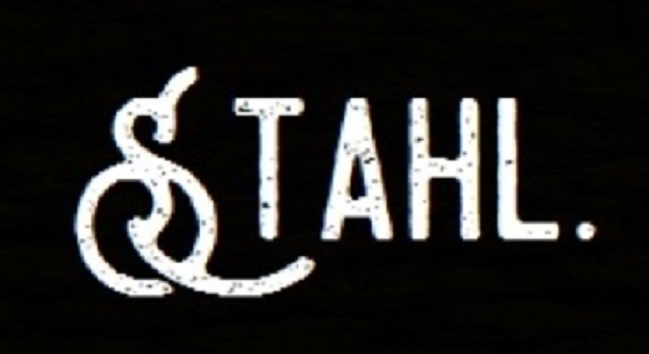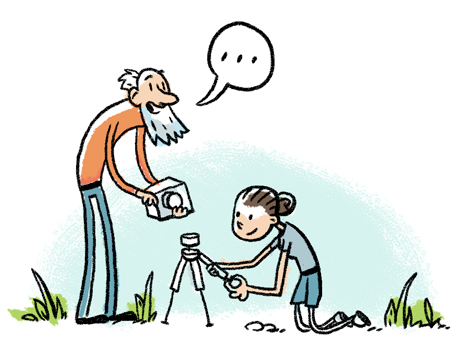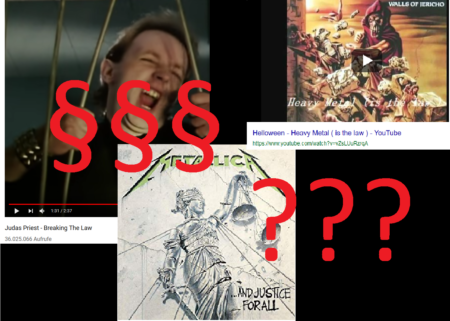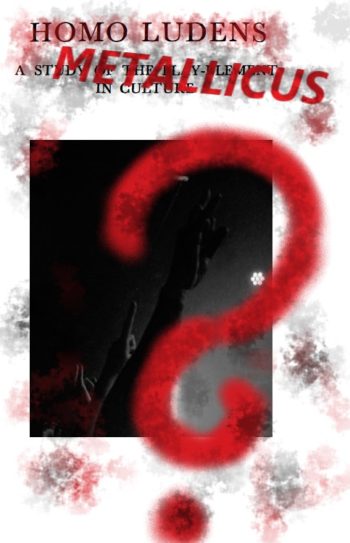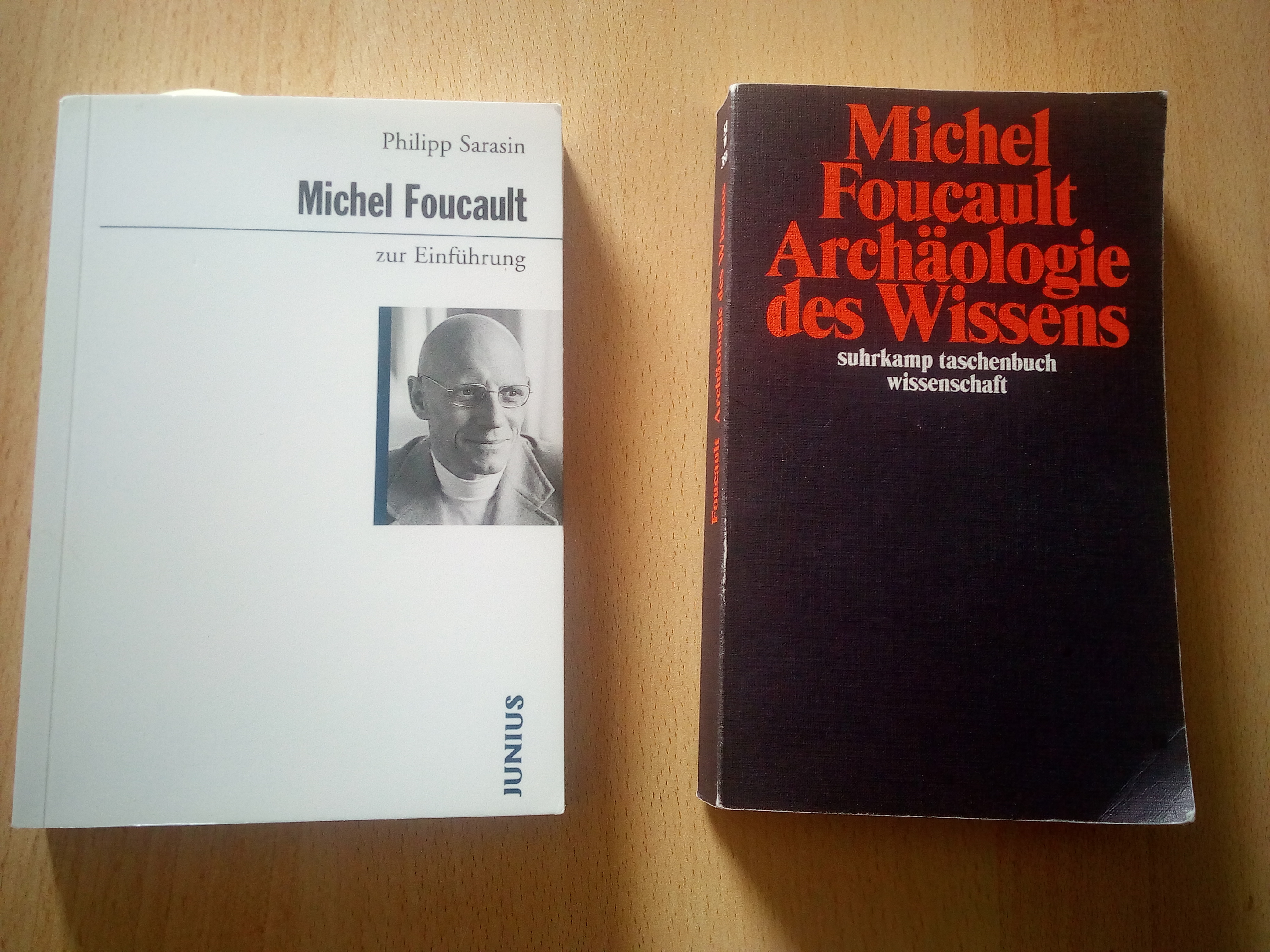For my project on the metal scene in Graz and Styria since 1980, I am currently finalizing the framework for the empirical research in 2021. As written in an earlier post, the overall aim is to reconstruct the history of the ‘local metallic association chain’ in Styria.
Most of the second year of the project will be devoted to intense empirical work. The project teams employs three methodical streams – musicological analysis, oral history, and semantic discourse analysis – to grasp the multidimensional phenomenon of the Styrian scene. In the following, I give a rough sketch of what lies ahead for the ‘Norikum’ project in 2021.
Analyzing Styrian metal music…
As already my terminology of metal indicates (I call it ‘sonic knowledge’), I treat music and sound as the ‘heart’ of metal culture. Everything in metal depends from knowing and experiencing the music and its sonic sphere. My project colleague Charalampos Efthymiou now proceeds to analyze the musical production from the local scene. In his analysis, he will focus on the aspect of ‘law’. Together, we already have set up a corpus of relevant songs and albums. About 15 song will be analyzed formally and in the contexts of their albums – to identify ‘law patterns’ in the musical language.1
Analyzing how the scene history is narrated…
Since at least the second half of the 20th century, oral history is one oft he most prominent research methods in contemporary history.2 Oral history interviews make open forms of creating the historical source in the dialogue between the interviewee and the researcher. The first must be given the chance to construct his narrative, the latter must nourish this process. I (and another member of the project team) will lead oral history interviews with about twenty interviewees. The sample of interviewees will be constructed to represent the gender and class structure of the local scene as well as include non-scene members with their perspectives on local metal. I already have identified the key interviewees.
Analyzing the local scene discourse…
Though music and sound – sonic knowledge – are at the heart of Styrian metal, its history can only really be understood when interpreting its textual, visual and fashion artefacts – tshirts, album covers, texts, flyers – as integral elements of the scene discourse. Music, sounds, images, texts and fashion make a fabric of meanings that has to be decoded integrally.3
I am constructing a corpus of about twenty locally worn tshirts, about fifteen to twenty flyers (refering to crucial events in the scene history since 1980) and about twenty album covers (of well-known local metal records) as semiotic sources. A discourse analysis of the semantic relations between visuals, sound, texts and fashion should enable us to reconstruct this scene discourse for the decades since 1980.
What lies ahead in 2021
To sum up, in the ‘Norikum’ project 2021 will be devoted to intense empirical work. Analyzing the local metal music, leading oral history interviews and analyzing the fabric of the local scene culture will provide us with the necessary research data to start writing this history in 2022. Later this year, I will post an research report summarizing the key findings of the first year on the project website.
See D. Elflein, Schwermetallanalysen: Die musikalische Sprache des Heavy Metal, Bielefeld: 2010. ↩
See L. Abrams, Oral History Theory, London and New York: Routledge: 2010; R. Perks and A. Thomson, The Oral History Reader, Routledge: London and New York, 2000; D. Ritchie, Doing Oral History, 3rd ed., Oxford: Oxford University Press, 2015. ↩
See A.-K. Höpflinger, Religiöse Codes in der Populärkultur. Kleidung der Black Metal-Szene, Baden-Baden: Nomos, 2020;also, see A. Frings e.a. (eds.), Vergangenheiten auf der Spur. Indexikalische Semiotik in den historischen Kulturwissenschaften, Bielefeld: Transcript, 2012. ↩
